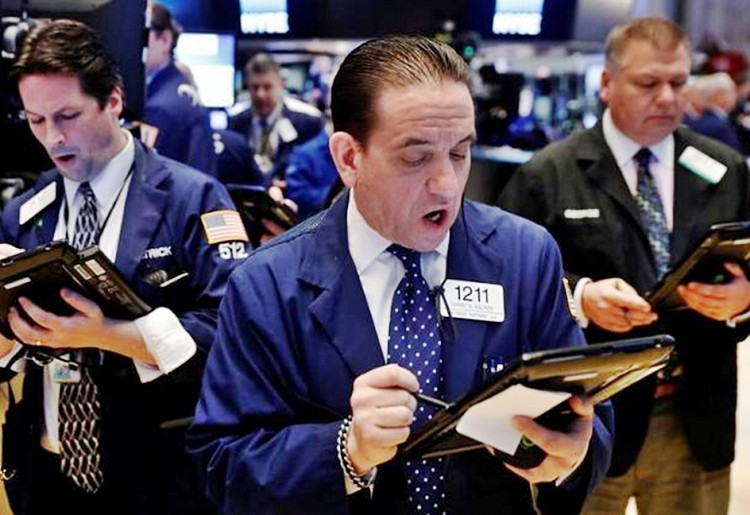Wall Street looks forward to an upbeat year despite continuing price volatility and geopolitical headwinds after January saw the biggest gain for the Dow Jones Industrial Average and the S&P 500 since October 2015.
The Dow, the S&P 500 and the NASDAQ Composite posted sharp monthly gains for the month of January. CNBC said the Dow recorded its sixth straight week of gains, the longest run of good news since November 2017.
The S&P 500 ended January more than 7 percent on the upside. On the other hand, the NASDAQ sagged 0.25 percent to 7,263.87 due to of a sharp fall in Amazon shares by 5.38 percent after the company issued guidance saying it expected to invest more heavily this year. Amazon, however, posted stronger than expected operating numbers in Q4 and for the full year 2018.
Wall Street also posted its biggest January gain since 1987 in Friday's (Feb. 1) session. Analysts noted gains in January usually translate into a positive year for stocks.
The Stock Trader's Almanac revealed that since 1950, the S&P 500 has ended a calendar year higher 87 percent of the time when January winds-up being a positive month. The Street's optimism also received a badly needed shot in the arm with the U.S. Federal Reserve announcing on Friday it will pause rate hikes.
U.S. government jobs growth data also released Friday showing a large increase in job numbers also gave the market a much-needed fillip. The U.S. economy added 304,000 jobs in January, according to the Bureau of Labor Statistics.
Economists had expected the economy to have created only 170,000 jobs in January. The month saw the 100th straight month of jobs growth, an incredible streak given the economy's wild mood swings.
On Friday, the Dow rose 64.22 points to 25,063.89, mostly led by oil firms such as Chevron and Exxon Mobil, which all closed higher. The S&P 500 closed 0.1 percent higher at 2,706.53, also on account of strong earnings among energy firms and also in the tech sector.
Analysts noted that more than 45 percent of S&P 500 firms reported earnings this season. The pointed out that 68.1 percent of these firms have topped analyst expectations.
Wall Street, however, kept a wary eye on trade talks between China and the United States, which will likely fail as both sides made no progress during two days of talks that ended Feb. 1. With negotiators having gotten nowhere, the hope is the upcoming face-to-face between president Donald Trump and President Xi Jinping might make some headway.
If Trump and Xi fail to come to an accord despite Xi saying he's willing to meet Trump halfway, the threatened imposition of 25 percent tariffs on Chinese goods imported into the USA will come to pass.






